Posted on 3/29/2024
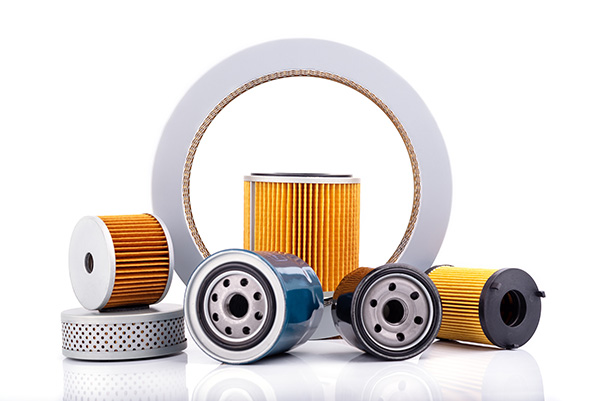
Your car relies on various fluids to keep its essential systems running smoothly. Did you know that there are filters in place to ensure these fluids stay clean and free of contaminants? Engine Oil Filter The engine oil filter plays a vital role in maintaining the health of your engine. As engine oil circulates through the engine, it picks up dirt, debris, and other contaminants that can cause premature wear and damage. The oil filter traps these impurities, preventing them from circulating further and potentially causing harm to engine components. Over time, however, the oil filter can become clogged with debris, reducing its effectiveness. Regularly changing the oil filter, typically during oil changes, helps ensure clean oil ci ... read more
Posted on 2/29/2024
.jpeg)
When you press the clutch pedal in your car, do you ever wonder what's happening behind the scenes? The clutch is a critical component of manual transmission vehicles, responsible for transmitting power from the engine to the transmission and ultimately to the wheels. But what happens when your car's clutch begins to show signs of wear and tear? Signs of a Worn-Out Clutch Slipping Clutch When your car's clutch is worn out, one of the telltale signs you might notice is a slipping sensation. This occurs when you press the accelerator, but the vehicle fails to accelerate proportionately or as expected. It feels like the engine revs increase disproportionately to the vehicle's speed, almost as if the engine is racing ahead of the vehicle. This phenomenon is often due to the friction material on the clutch disc wearing down over time. As this material d ... read more
Posted on 1/27/2024
.jpeg)
As a skilled team of mechanics, a thorough comprehension of your vehicle's air conditioning (A/C) system can make all the difference in creating a pleasurable driving experience, even on the hottest of days. Let us share a breakdown of the A/C system to ensure your driving journey is always a comfortable one. Compressor Think of this as the heart of your A/C system. It's what keeps the refrigerant moving. The compressor draws in refrigerant gas, compresses (hence the name), and sends it out as a high-pressure, high-temperature gas to the condenser. Condenser Located at the front of your car, often next to the radiator, this is where the magic of heat exchange happens. The condenser cools the refrigerant, turning it from a hot gas to a cooler liquid. It's crucial for the efficiency of the system, as it gets rid of the heat that was inside your car. Expansion Valve or Orifice Tube Here's where we control the flow. T ... read more
Posted on 12/24/2023
.jpeg)
Your car's engine has a lot of parts that work together to make it run well. One of these parts is called the intake air filter, which is very important for keeping your engine working properly. Over time, this filter can get dirty and clogged with dust and debris, which can make it hard for your engine to get enough air. But don't worry! We can help you change your filter in just nine easy steps. Step 1: Gather Your Tools and Supplies Before diving in, ensure you have the necessary tools and supplies. All you need are: A new intake air filter. A screwdriver. Perhaps a vacuum cleaner to tidy up the filter housing. Step 2: Locate the Air Filter Housing Pop the hood of your car and locate the air filter housing. It's usually a rectangular plastic box near the engine. You might need to consult your vehicle's manual to pinpoint ... read more
Posted on 11/30/2023
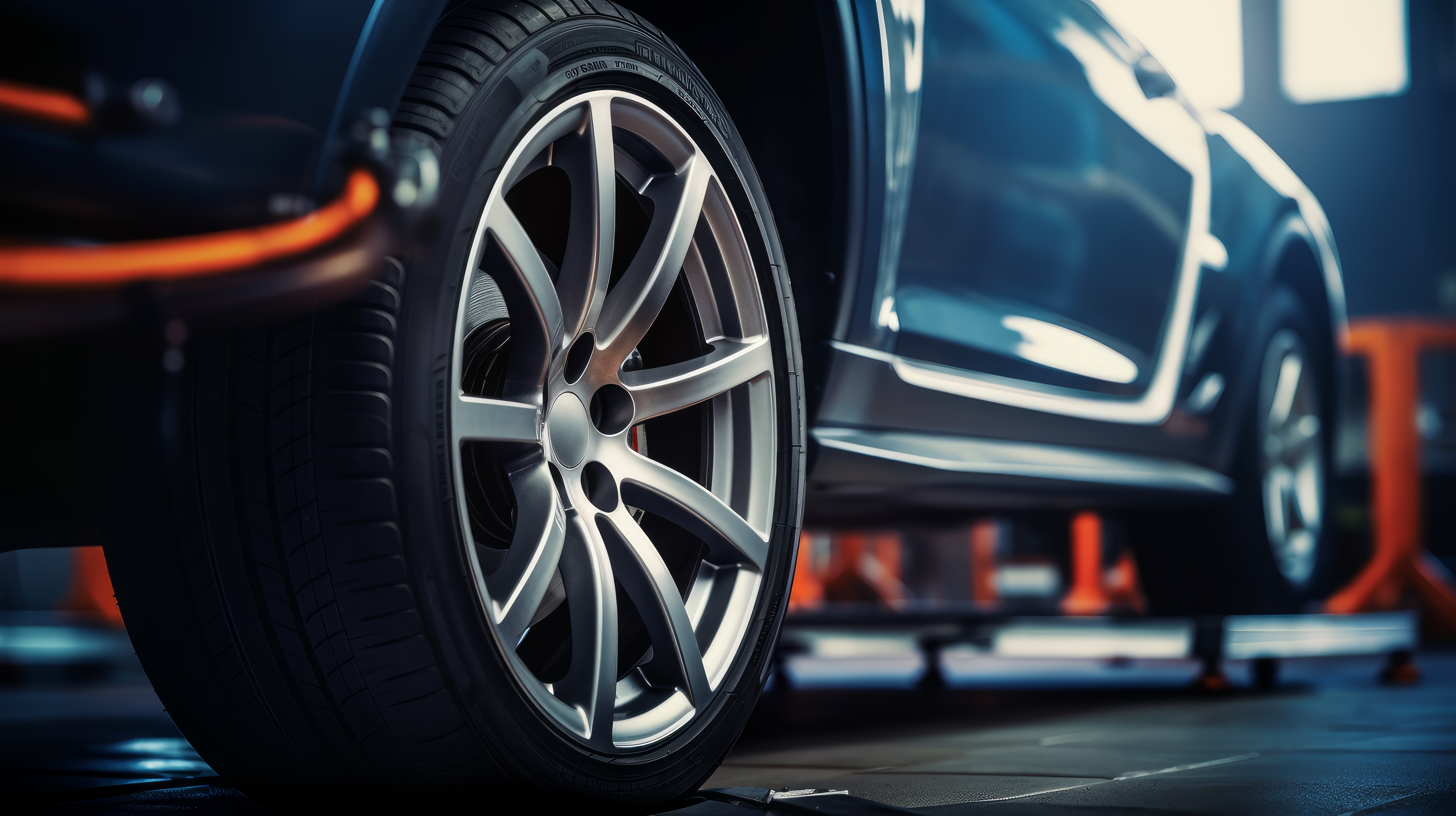
As you navigate the twists and turns of roads, your vehicle's tires play a pivotal role in keeping you firmly grounded on the asphalt stage. Have you ever wondered about the tire patterns, how they actually work, and the grip they provide? It's not just about aesthetics – it's a direct influence over your safety and driving experience. Tread Patterns Explained Tread patterns are the unique footprints that determine how your car connects with the road. Each pattern is designed for specific purposes, from navigating rainy days to conquering off-road terrain. The artistry lies in selecting a pattern that aligns with your driving needs and the diverse landscapes you might encounter. Tread Patterns for Rain and Water Ever noticed the intricate grooves and channels on your tires? These are not just for show – they ... read more
Posted on 10/31/2023

Imagine the soothing sound of crashing waves, the salty breeze caressing your skin, and the allure of the open road along the ocean. While coastal living offers a picturesque and serene environment, it comes with a hidden caveat for your cherished vehicle. The high humidity near the ocean, though invigorating for the soul, can pose unique challenges to your car's well-being. From rust to electrical issues, the coastal air's moisture content can subtly impact your vehicle's longevity and performance. Enemy Number One - Rust One of the most insidious consequences of coastal humidity is the accelerated rusting of your vehicle's exterior and undercarriage. The salty ocean air, laden with moisture, can settle on your car's metal surfaces, initiating a gradual corrosion process. To safeguard your vehicle from this relentless enemy, regular w ... read more
Posted on 9/30/2023
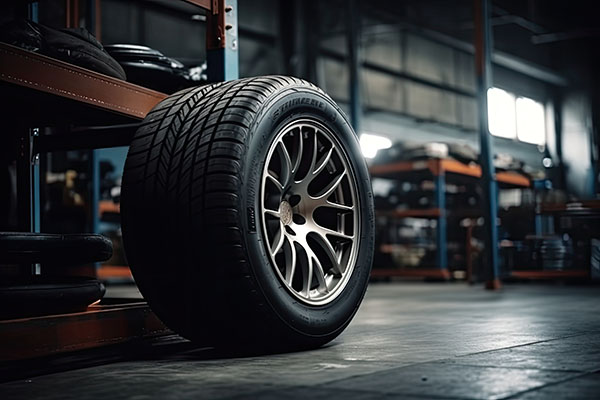
Imagine your vehicle as a masterpiece of engineering, ready to conquer roads, highways, and even rugged terrains. Now, picture the unsung heroes that keep your vehicle grounded and provide the crucial link between you and the road—your tires. When it comes to selecting the best tires for your ride, it's more than just a choice; it's a decision that affects safety, performance, and stability. Our Top Picks For Sedans For those cruising in sedans, comfort and precision are paramount. Here are some top tire options: 1. Michelin Pilot Sport 4S: Renowned for its outstanding dry and wet grip, this tire offers precise handling and exceptional cornering capabilities. It's perfect for those who value performance without sacrificing comfort. 2. Bridgestone Turanza QuietTrack: If a quiet and comfortable ride is your priority, these tires excel in reducing road noise while providing reliable traction in various conditions. SUV Picks -Off-Roading and ... read more
Posted on 8/31/2023

Car safety - this is good, that is bad, but one thing is ignored quite a lot - a small yet critical detail: side and rear view mirrors. These "unassuming reflective surfaces'' - or mirrors - can be the difference between a safe and confident drive and a nerve-wracking one. How? Well, continue reading and find out for yourself! Why Are Mirrors Important? Car mirrors aren't just shiny ornaments; they serve a vital purpose. They provide you with a clear view of what's happening around your vehicle, helping you make safe lane changes, merge onto highways, and navigate parking lots. However, many drivers neglect to adjust their mirrors properly, which can lead to blind spots and increased risk on the road. The Art of Mirror Adjustment Adjusting your mirrors might sound like a mundane task, but it can significantly enhance your driving experience and safety when done correctly. Here's how to do it: Step 1: The Rearview Mirror Sit in your normal d ... read more
Posted on 7/30/2023
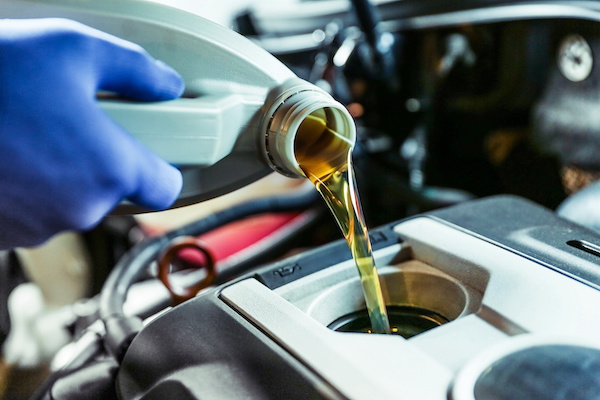
A beginner should understand car maintenance basics to ensure optimal performance and vehicle longevity. Maintaining a vehicle regularly ensures safety on the road and saves money long term by avoiding costly repairs. There are various car maintenance aspects that new car owners should take note of. Continue reading to explore them. Car Maintenance Aspects Every car owner should incorporate these maintenance activities in their car checking routines: 1. Regular Oil Changes Oil is like blood for your engine, lubricating its moving parts and preventing excessive wear and tear. It is crucial to follow your manufacturer's recommendation regarding oil change intervals. Typically, this ranges from every 3,000 to 7,500 miles or every three to six months. 2. Tire Care Proper tire care ensures better fuel efficiency and extends tire life. Regularly check tire pressure using a gauge and maintain it at recommended levels specified by the manufacturer. Additionally, insp ... read more
Posted on 6/30/2023
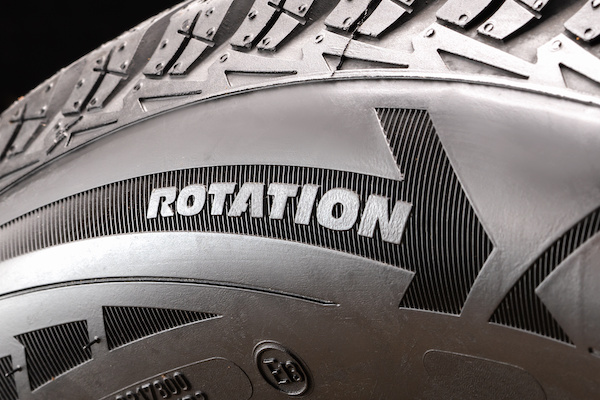
When it comes to maintaining your vehicle's tires, two essential terms often come up: tire rotation and wheel alignment. While both practices are crucial for optimal tire performance and longevity, they serve different purposes. In this article, we will explore the difference between tire rotation and wheel alignment to help you understand their importance. Tire Rotation Tire rotation involves moving the tires from one position to another on your vehicle. The purpose of tire rotation is to ensure even wear on all tires. Since tires in different positions experience varying levels of stress and load, rotating them at regular intervals helps promote balanced wear. It can extend the overall lifespan of your tires, improve traction, and enhance handling. Typically, tire rotation is recommended every 5,000 to 8,000 miles, or as specified by your vehicle manufacturer. Wheel Alignment Wheel alignment, on the other hand, focuses on the angles and position of your vehicle's wheels i ... read more